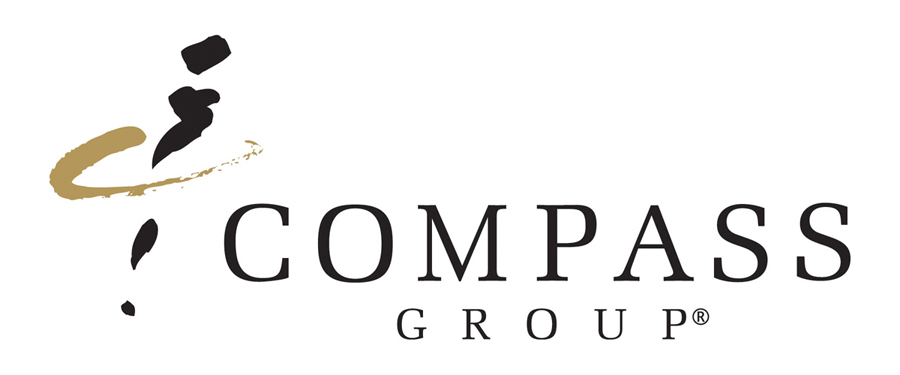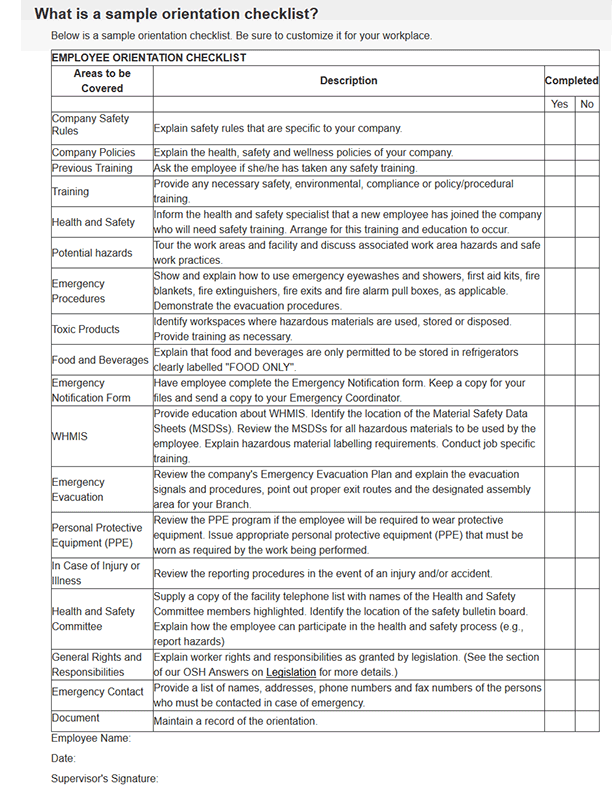October 25, 2023
The scope of the audit for your organization may vary, depending on the number of employees, operating locations and the diversity and seasonality of your operations. Work with your COR external auditor or go2HR to determine the required scope for the audit.
Scope:
Audits utilize three methods of collecting data – documentation, interviews, and observation (DIO). Each site visit must consist of at least observations and site-specific record review (if the records were not already reviewed at the main office). Depending on the complexity of the company, it may not be necessary to perform interviews at all sites that are visited.
Sampling:
An organization’s audits must encompass a representative sample of all operations, activities and facilities within its control where permanent, casual or temporary staff may work, where relevant activities are running at a minimum of 70% operating capacity. As part of the background information gathering process, all operations, locations and sites should be outlined and assessed to determine which to include in the audit, during which season.
Operations:
Your organization may have different types of operation. For example, if you are a ski area, you may also have accommodation and food and beverage services. Depending on how your organization is registered with WorkSafeBC (i.e. which Classification Units (CUs) your WorkSafeBC Account is registered in), you may have the option to audit all or just some of your operations.
Locations:
Your organization may have different operating locations. For example, if you are a restaurant chain, you may have multiple locations across BC. During the audit planning stage, you must communicate with go2HR to help ensure all locations are correctly identified.
Sites:
For the purposes of COR audits, a “work site” will be defined as “any location where a worker is, or is likely to be, engaged in any occupation for their employer.” For example, a hotel may be listed as a company’s official location. Meanwhile, the restaurant across the street, at an entirely different address, is also thought to be part of the overall location. In this case, the auditor would need to cover both the hotel and restaurant, since the activities undertaken at each site are very different.
Seasons:
Some outdoor hospitality operations are seasonal in nature, such as those that relate to snow sports or golf. In these cases, seasonality must be taken into consideration, with the audit performed when the relevant activities are running at a minimum of 70% operating capacity. This helps ensure that the audit is representative of how the company operates during their “normal business” times. While it is recognized that this is often the least convenient time for an audit, it is an unavoidable requirement.


